A Geological Field Trip to Imphal-Moreh Road Section was organized by the Department of Civil Engineering, Manipur Technical University on 5th and 6th October 2019.
About the event
A field trip was conducted by the faculties of the department of civil engineering on 5th and 6th October 2019 along the national high way of Imphal-Moreh road section which was funded by Technical Education Quality Improvement Program (TEQIP III). Rocks along this high way are disang shale, sandstone, Olistostrome limestone and serpentinised ultramafic of ophiolite suite. Students have studied different types of igneous, sedimentary and metamorphic rocks. Student of the second year (3rd Semester) of this university participated in this field trip.
Aim and Objective
The geology work report writing is an essential requirement for B.Tech in Civil Engineering. The main purposes of the field trip are:
1. Different rock identification
2. Regional exposed geology of the area
3. Practical work.
Target groups
Students
Activities
Sample collection of various rock types, measuring strike and dip of bedding and GPS reading.
STATION:-1 Waithou N 24° 40’ 56.6’’ E 93° 57’ 17”
Lithology Olistostrome limestone embedded in Disang Shale is observed in this area.

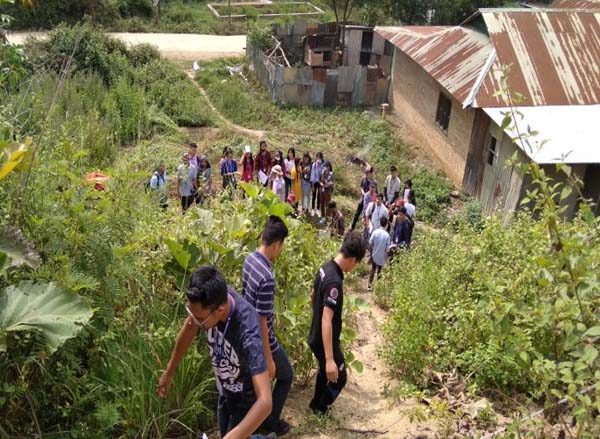
STATION:-2 Waithou N 24° 40’ 34.3’’ E 93° 57’ 28.6”
Lithology: Intercalation shale and fine grain sandstone. The bedrocks are weathered in most part of the exposures.
Structure: Fold Limb, stratification are observed.
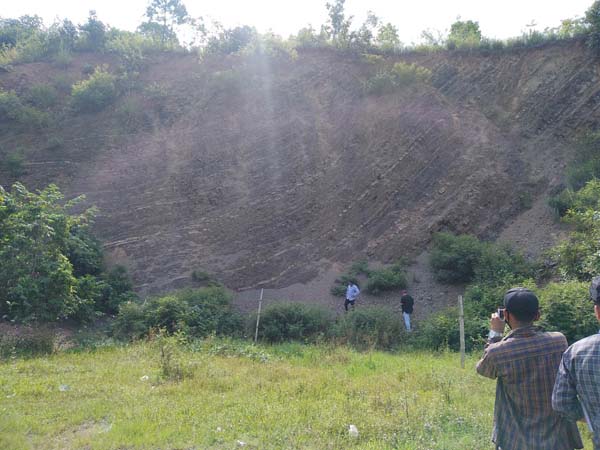
STATION:-3 Sora N 24° 30’ 33.3’’ E 94° 00’ 50.8”
Lithology: Intercalation shale and fine grain sandstone. The rocks are highly weathered in this area
Structure: Ripple Mark, Stratification etc are observed.
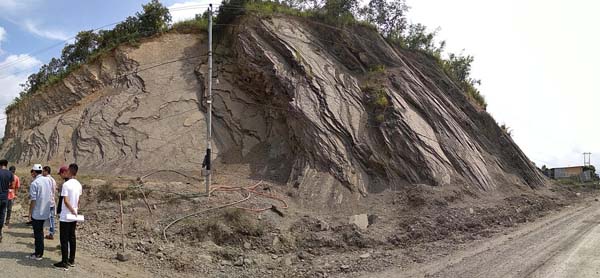
STATION:-4 Lokchao N 24° 19’ 22.7’’ E 94° 13’ 15.8”
Alluvium sediments such boulder, cobble, pebble, sand etc were examined in this rivers section.
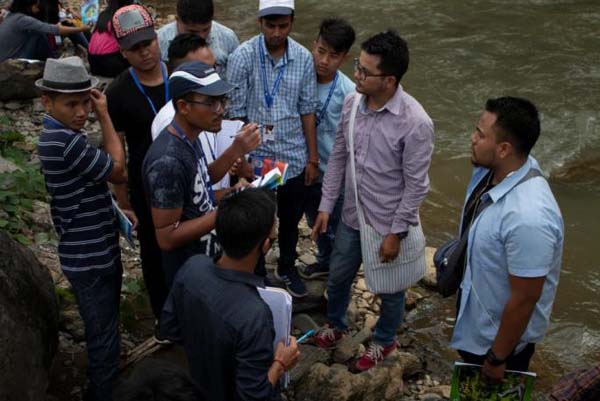
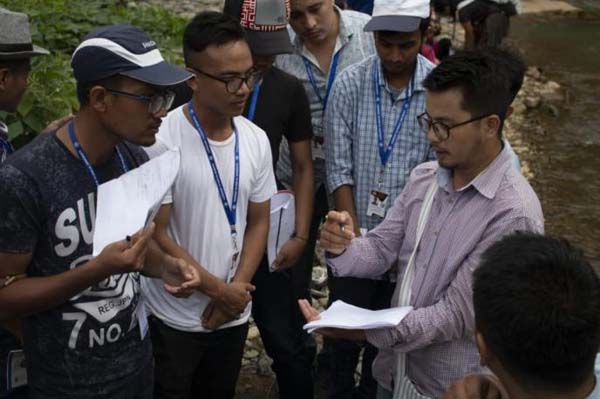
STATION:-5 Kwatha N 24° 18’ 37.2’’ E 94° 15’ 58.4”
Lithology: Serpentinised Ultramafic & fined grain basic Rocks are observed in this area but which have undergone chemical weathered in most part of their exposures.
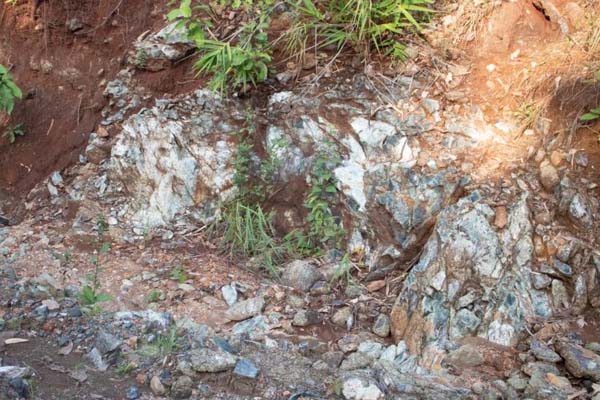
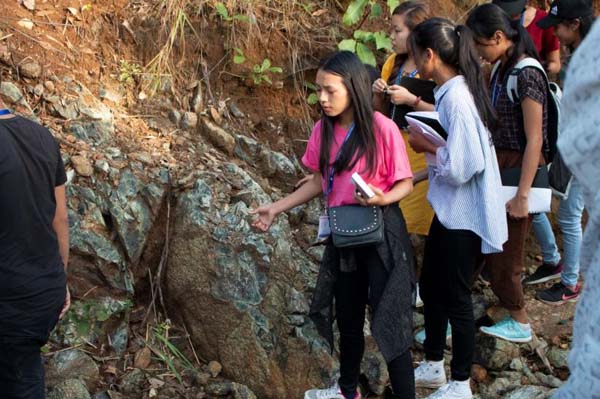
STATION:-6 Moreh College N 24° 15’ 25.7’’ E 94° 17’ 24.6”
Lithology: A blocks of Exotic Sandstone are exposed are in the college campus. And observed their texture of the rocks.
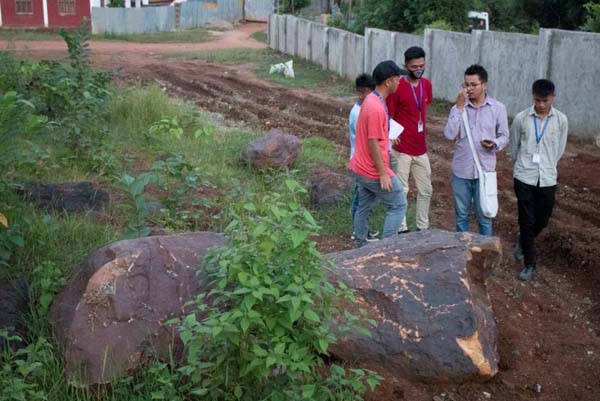
Conclusion
In the study area, the dominating lithology is shale of Disang Group. The second most abundant rock type is the serpentinite ultramafic, basic rocks, exotic sandstone etc. The Disang shales are highly weathered in most part of their exposures. These shales often show turbidite nature, whereby an alternate sequence of shales and siltstones occurs. The nature of the drainage pattern indicates that the drainage is controlled both by structures (joints & faults) and lithology. The occurrence of ultramafic rocks along the Disang Shale is due to the thrusting up of the deep-sea sediments along with the igneous materials due to subduction of the Indian plate below the Burmese plate. Besides these, there are many structural features also observed during the field visit like fault, fold and joints etc. These structural features are affecting the inherent properties of rocks. These structural features are unfavourable and undesirable at the site for any project. To conclude, it can be mentioned that fieldwork enables us to understand the subject matter of geology better. However, the mode of study that had been carried out in the above mentioned areas was very limited didn’t cover the whole area. So detailed study is required in order to take up any Civil Engineering project like Dam, Tunnel and Bridges etc.
Last Updated on April 5, 2024 by Web Admin

